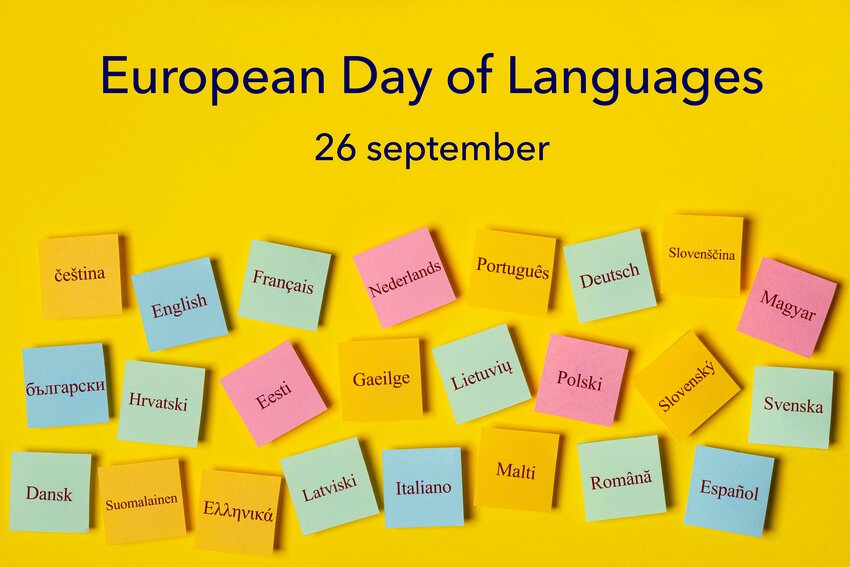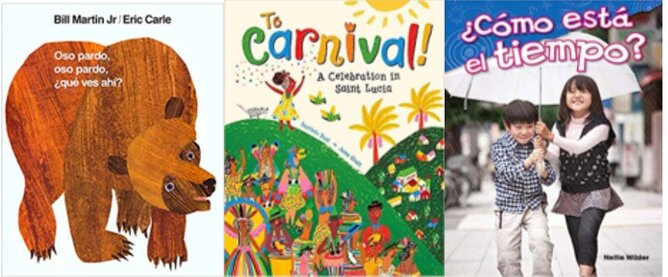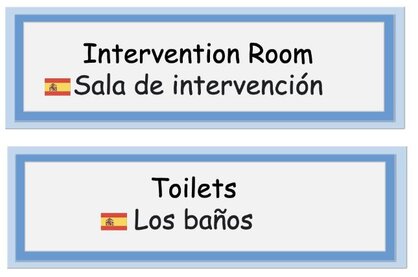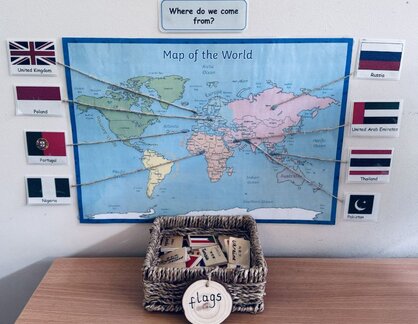
Articles
We aim to give food for thought as well as inspiring your creativity and
providing practical ideas you can’t wait to implement in your own settings!
Leading a Modern Foreign Language

Teacher Callum Porter explains how he dealt with his very first year as a new subject leader.
He then goes on to share great ideas for celebrating the European Day of Languages.
As a teacher, leading MFL in school can be daunting, especially if you have limited spoken language of your subject.
Over the past year as a new subject leader of Spanish, I have raised the profile for languages in my school, building a positive culture around languages and ensuring Spanish as a subject is highly regarded by all staff and children.
In my school, we have an amazing specialist teacher from Primary Languages Network (PLN) who delivers our Spanish sessions each week. Working with specialist teachers helped me to broaden my subject knowledge, spoken language and supported me to ensure all children and their diverse family backgrounds and cultures were celebrated in school.
Tips & Tricks (Building a Culture of Languages)
Greetings
Answering the register in Spanish has helped children to hear the pronunciation of a new spoken language and practice their fluency in a low-stakes environment. I encourage all children to have a go, make mistakes, and try again! As children became more confident in doing this across the school, we began to explore how we could answer the register in their families' spoken languages. As we have a high percentage of EAL children, it is important that children’s home-spoken language are represented and shared in school each day. Children now greet one another in lots of different languages such as in Spanish, Polish, Urdu, Portuguese, Russian, Chinese and Welsh.
The Classroom Environment
Having key Spanish vocabulary displayed in every classroom has helped build children’s confidence in speaking another language. I introduced Spanish labels for various places in each classroom which reflected what children were learning in their current unit. For example, Spanish labels are displayed in the toilets, the snack area, the pegs, the trays, and the whiteboard for children in Year 4 who were learning about classroom objects in their Spanish lessons. To expose children further to new vocabulary, Key Stage 2 teachers write the date and their visual timetables in English and Spanish.
Incidental Everyday Vocabulary
Each term, I send out a list of short words and phrases in Spanish that teachers can learn and use with their children. Teachers then apply this vocabulary to their everyday practice, for example, using uno, dos, tres (one, two, three) to gain children’s attention, escuchar (listen) and bien hecho (well done).
Languages Reading Spine
I introduced a basket of Spanish books in the reading area of each class containing carefully selected books that link to the previous and current units in children’s learning. When reading for pleasure, children can spot keywords and phrases and have a go at retelling a story using some Spanish words. Our Spanish teacher will regularly read these texts to children to build familiarity with the vocabulary. In this basket, I also include books in the native language of the families in each class.
- • Brown Bear, Brown Bear, Oso Pardo, Oso Pardo (Nursery, animals unit)
- • To Carnival! A Celebration in St Lucia (Key Stage 1, celebrations unit)
- •Cómo está el tiempo? (Key Stage 2, weather unit)

Short Clip Retrieval
At the beginning of each Spanish lesson, a short 20-second clip is played for children to listen to and join in with. These clips are selected so that children recognise them in English for example, in Year 1, a short clip of the Number Blocks introduction is played in Spanish. This has built all children’s confidence in retrieving numbers in Spanish preparing them for learning in Key Stage 2.
Teachers in Lessons
Often, teachers are not present in Spanish sessions as a specialist teacher is used to deliver the Spanish curriculum. This year, I found by asking teachers to participate in all Spanish lessons, they were able to understand exactly what the children were learning. By doing this, teachers could make connections to Spanish in other subjects, for example, during a body parts game in PE, teachers can refer to each body part in English and Spanish. This is a great way of subtly retrieving Spanish knowledge when teaching other areas of the curriculum. Teachers in my school also found that they could spend more time outside of the Spanish lesson retrieving learning as they knew exactly where children were in the sequence of learning.
Signs and Labels
A great way of retrieving Spanish vocabulary throughout the day is by adding labels around the school for children to read as they walk by. I added labels to the doors of each classroom, the office, the kitchen, and workspaces in school and as children walked by, their teachers encourage them to stop and have a go at saying some of the words. As the Spanish leader, it’s great to hear children having a go at using new vocabulary and making connections to other Spanish words that sound similar.

Begin in the EYFS
Although the teaching of a Modern Foreign Language is not compulsory in the National Curriculum until children enter Key Stage 2, starting short Spanish sessions in Nursery, Reception, and Key Stage 1 is a brilliant way of exposing children to a new language at an early age. I have found that when our children enter Year 3, they already have great foundations of the Spanish language needed for their speaking, listening, and writing lessons.
Languages Club & Language Ambassadors
Throughout the year, I deliver a language after-school club for children to learn a range of different languages. I involve children in the planning of upcoming celebrations and events, allowing them to take ownership of how languages are celebrated in school. I also invite parents into some of our sessions to share their culture and backgrounds with us and teach children new languages. Recently, we’ve learned Polish, Urdu, Slovak, Welsh and Mandarin. Language ambassadors selected from each class help me to understand what children want to see in their classrooms to reflect their individual cultures. Feedback from my ambassador meetings supported my decision to include a map in each classroom with a pinpoint to show where each child’s family came from.

Connecting Schools
The British Council organisation allows schools in different countries around the world to connect by sharing messages through, email, letters, and video calls in their home language. Our children have enjoyed communicating with a school in Spain and spotting familiar vocabulary in the messages they receive.
European Day of Languages
Europe is home to more than 200 languages.
We celebrate this incredible diversity on 26th September every year.
Here are some tried and tested ideas!
• Celebration Assemblies – ask each class to research a different country and learn a few short phrases. Each class can share these in a Key Stage or whole school assembly.
- • Eurovision (May) – ask each class to learn a song in a new spoken language and ask them to perform these in a Key Stage or whole school assembly.
- • Greetings Display – set up a blank display in school and provide children with Post-its and pencils. Children can find as many ways as possible of saying ‘hello’ in different languages and add them to the board. Lots of children went home to research and then added their words to the board.
- • Family Project – asking parents and carers to support children in completing a small project about their home country. Our EAL families have enjoyed putting posters and presentations together to share. This has been a great way of ensuring all our families, including those with limited spoken English, are celebrated.
Quizzes and Games
• Most Difficult - children find the most difficult letter/word/phrase to pronounce in another language in a text or online.
- • Find the Landmark - children can also draw and label different landmarks from around Europe and ask their friends and teachers to find which country the landmark comes from.
- • Where Am I? – children hotseat to describe a place in Europe and their friends must guess where they are.
With many thanks to Callum Porter for this article.
Callum is a reception teacher and member of the EuHu Teacher Board.